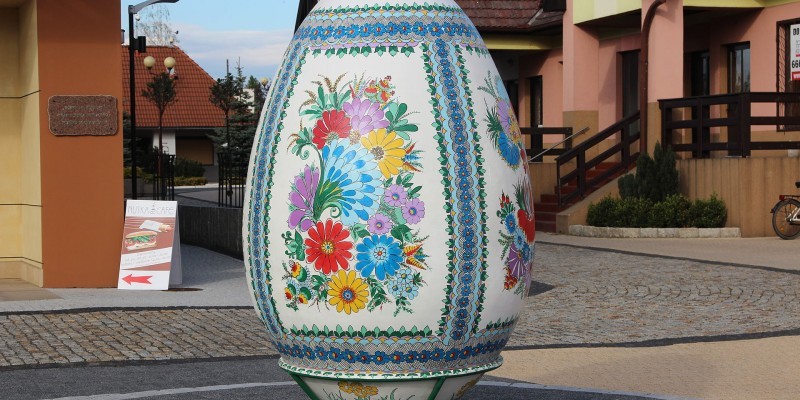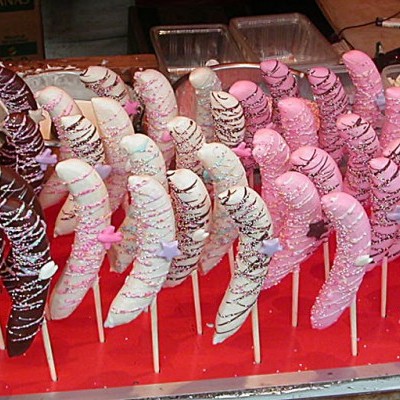
The History of the Easter Egg
The egg is a remarkable product that has a rich and fascinating history of symbolic meaning in many cultures. Throughout the world, it is known as a universal symbol of Easter celebrations. Along with the association of Christian religious beliefs with the Easter holiday, there is also the time honored tradition of making Easter eggs. Easter eggs have been painted, dyed, and decorated to celebrate the Easter holiday. Children especially love the fun of decorating and painting Easter eggs. The history of the Easter egg is both an intriguing and entertaining tale.
Many traditions and practices have included various symbolic meanings of eggs. In the Pagan era, the egg symbolized a rebirth of the earth. This representation was particularly associated with the beginning of Spring. Many people put eggs under buildings to fend off evil spirits. Pregnant Roman women carried an egg to forecast the sex of their unborn children. The ancient Persians painted eggs for Nowrooz, their New Year festivity that is celebrated on the Spring Equinox.
Throughout the ages, eggs were considered symbols of new life and fertility. In Medieval Europe, eggs were prohibited during Lent because the egg represented new life. It is believed that such ancient cultures as the Persians and Egyptians included eggs in their Spring festivals because of its symbolic connection with new life At the Passover Seder, a hard-boiled egg is dipped in salt water which then becomes a depiction of new life and the Passover sacrifice offered at the Temple in Jerusalem.
During early Christian practices, the egg was consumed after the conclusion of Lent. It was at this time that Easter was being celebrated which eventually evolved to link Easter with the Easter egg. Eggs were part of the Easter meals and given to children as gifts. This act further cemented the relationship between Easter and Easter eggs. As well, Christians embraced the egg as a religious symbol and equated it with the tomb Christ rose from.
During the middle ages, coloring and decorating Easter eggs became a traditional English practice. Peter Carl Faberge is known for making the most famous decorated eggs which are famously known as Faberge Eggs. In 1883, the Russian Czar, Alexander, commissioned Faberge to make a special Easter present for his wife.
The historical symbolism of colored eggs became firmly rooted in Christianity beliefs. One Polish legend tells a story of Mary Magdalen traveling to the sepulchre to anoint the body of Jesus. She carried a basket full of eggs with her to serve as a repast. When she arrived at the sepulchre and uncovered the eggs, she discovered that the white egg shells had turned a variety of beautiful colors.
The coloring and decoration of Easter eggs are now an Easter holiday tradition. Easter egg hunts and rolling Easter eggs down a hill are a fun children's Easter activity. The purpose of the events are to have fun and enjoy time with family and loved ones on a special religious holiday.
ARTICLE SOURCE: http://www.articlesbase.com/religion-articles/the-history-of-the-easter-egg-1184417.html























